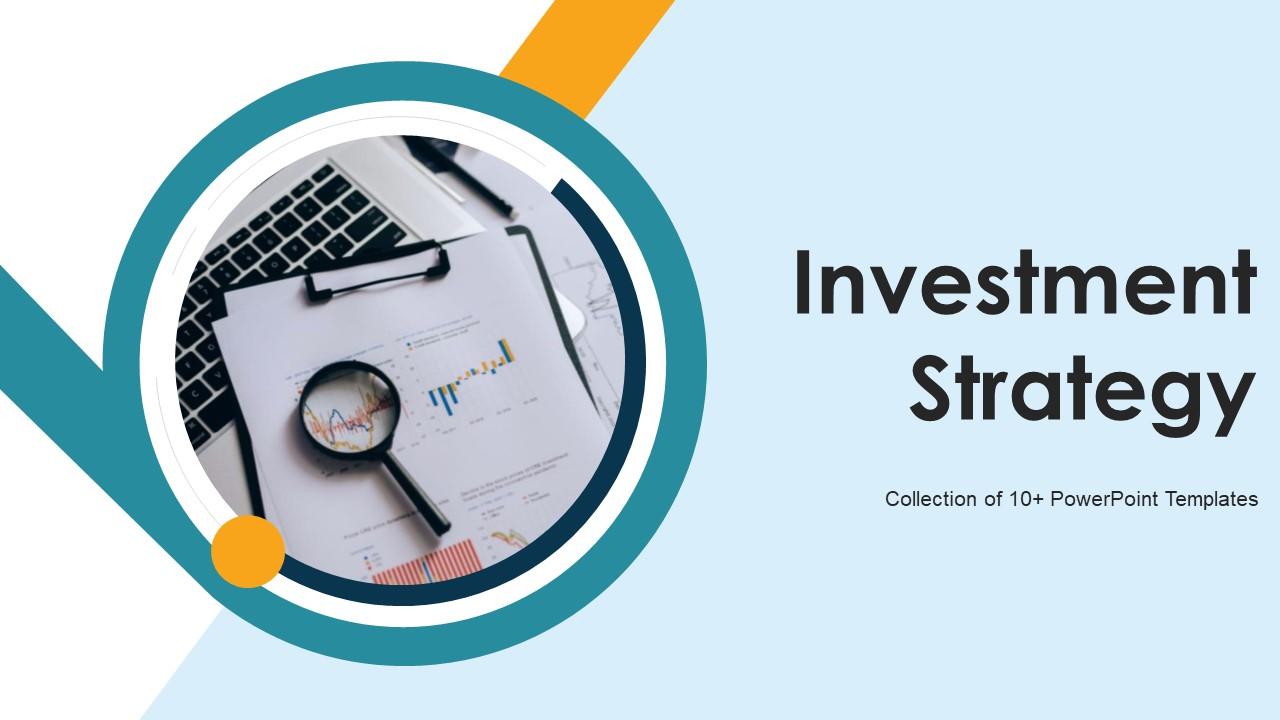Plenty of fancy words have been written about real estate investment strategies. But I want to cut to the chase in this article. No matter how fancy the language is, investment strategies boil down to two objectives:
Buying real estate to accumulate cash.
Buying real estate to build equity and wealth.
Which strategy to choose depends entirely on you—your needs, your personality, and so forth. Frankly, either choice is fine as long as you choose one early in your career, commit to it over the long term and do everything you legally can to make it successful.
In this article, I’ll look at the cash accumulation strategies and the pros and cons of each. I’ll treat the build equity and wealth strategy in another article.
The Cash Accumulation Strategy – Let’s assume you’re relatively new to the real estate market and need methods for pursuing a cash accumulation strategy. Below are several methods you can try:
Bird Dogging – In simple terms, you find good properties for investors and charge them a finder’s fee for doing so. This is strictly a cash strategy.
Advantages: It doesn’t require any cash on your part or previous knowledge. It’s also the fastest way to earn cash. In addition, it’s a great way to “learn the ropes” of the local real estate market.
Disadvantages: The money you earn per transaction is the least in the market. It also takes considerable time and effort to locate suitable properties.
Flipping – Flipping is the art of buying a property, waiting for the right moment, and then selling it for a quick profit. In basic terms, you’re get control of the property with a binding purchase contract. Essentially, it’s a speculative strategy; that is, you’re gambling that the market value will rise to the point where you can make a fast profit before you close on the deal. This strategy is most effective in areas where the demand for housing is so high that there’s a limited supply, causing prices to rapidly rise.
Advantages: With this method, you’ll get negotiation leverage and good profit potential. You can put little money down and get great gains. Also, it can be a good life if you enjoy an entrepreneurial life style and a lot of freedom.
Disadvantages: Volume can be low, depending on market conditions so your income can fluctuate. Although flipping is entirely legal, it received bad press due to con artists making a quick buck by duping customers. So, you may need a very thick skin in terms of other people’s opinions of you. A second disadvantage occurs when too many speculators get into the market. When that happens, prices drop quickly, and you end up stuck with the property and no immediate profit. A third possible downside is that interest rates can rise, thus dampening the demand for housing. A final disadvantage is hidden property problems. If you don’t pursue careful due diligence, you can end up with expensive repair costs that eat up your profits or even cause a loss.
Buy and Sell As-Is – This method is simple: buy a property, leave it as-is, and then put it back on the market but at a higher price.
Advantage: When done right, you’ll find that the profit margin is even higher than with the flipping method.
Disadvantages: This method takes time and, due to that fact, volume may be low.
Buy, Improve, Sell – With this method, you purchase a property, make cost-effective improvements, and then sell it at a higher price.
Advantage: Margins are even better with this “rehabbing” method than with the previous methods.
Disadvantages: With this method, you have a much bigger investment of time and money than the previous methods.


